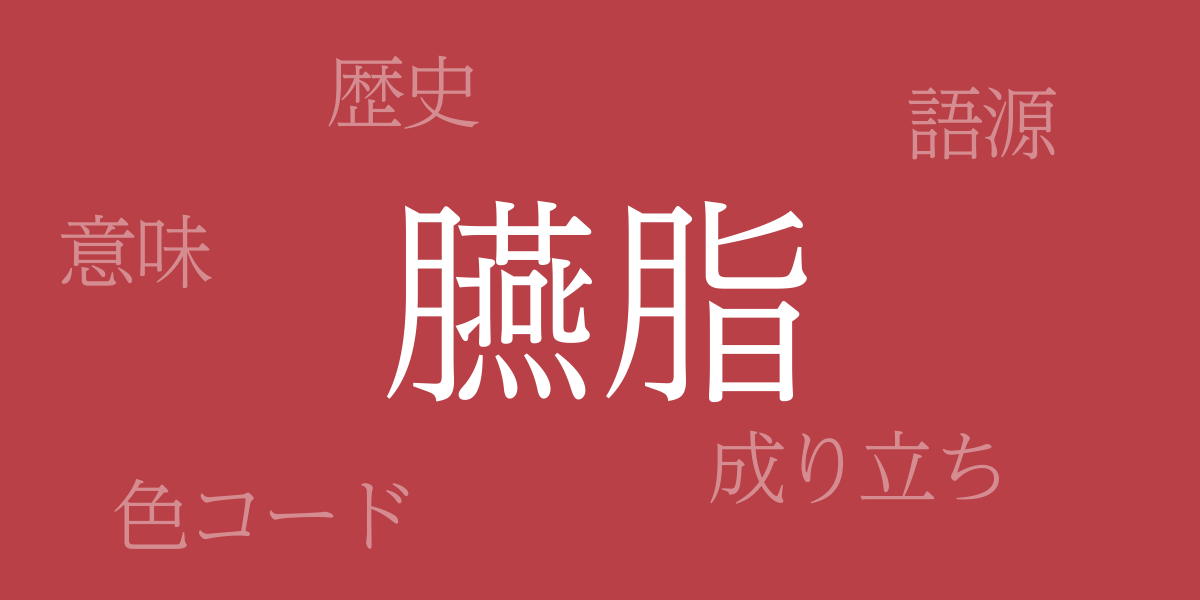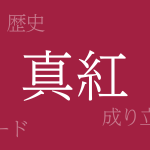Traditional Japanese colors enchant people worldwide with their unique beauty. Among these, ‘Enji (えんじ)’ stands out—a deep, warm red that is deeply rooted in Japan’s history and culture. This article delves into the allure of Enji, exploring its rich history, the significance of its color, and providing insights for international appreciation.
About Enji (えんじ)
Enji (えんじ) refers to a type of red that is characterized by its calm, profound shade. It has been used in Japanese clothing and crafts for centuries, esteemed as a color of high status. Its shade appeals to the Japanese aesthetic, playing a crucial role in expressing seasonal moods and emotions.
The History of Enji
The history of Enji dates back to ancient times, already in use during the Nara period. During the Heian period, it was used in the garments of the nobility, revered as a color symbolizing status and season. It was also used in the armor and banners of samurai, cherished for its boldness and dignity.
Color Codes for Enji
To replicate the color Enji in digital designs and print, specific color codes are needed. Below are examples of color codes corresponding to Enji:
- HEX: #B94047
- RGB: R:185 G:64 B:71
- CMYK: C:35 M:88 Y:70 K:1
Western Name for Enji
In English, Enji is known as ‘Carmine.’ Carmine refers to a vivid red color used in cosmetics and paints, derived from the cochineal dye. This name is rooted in traditional dye obtained from cochineal insects and is recognized as a traditional color name.
Summary on Enji
Enji is a color that symbolizes Japanese tradition and culture, reflecting the Japanese sense of beauty through its history and hue. Understanding its color codes and Western name is essential for international appreciation. Enji continues to be cherished in the world of fashion and design, representing a cultural heritage that Japan proudly shares with the world.

























